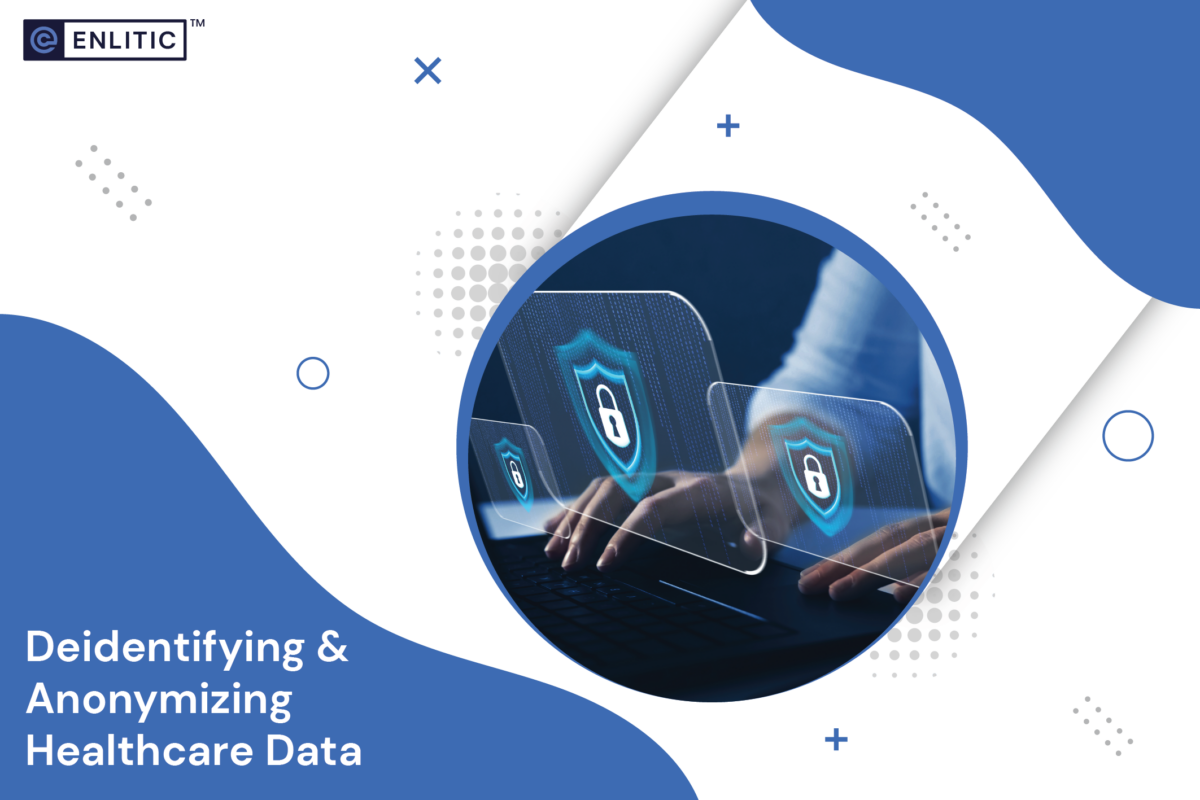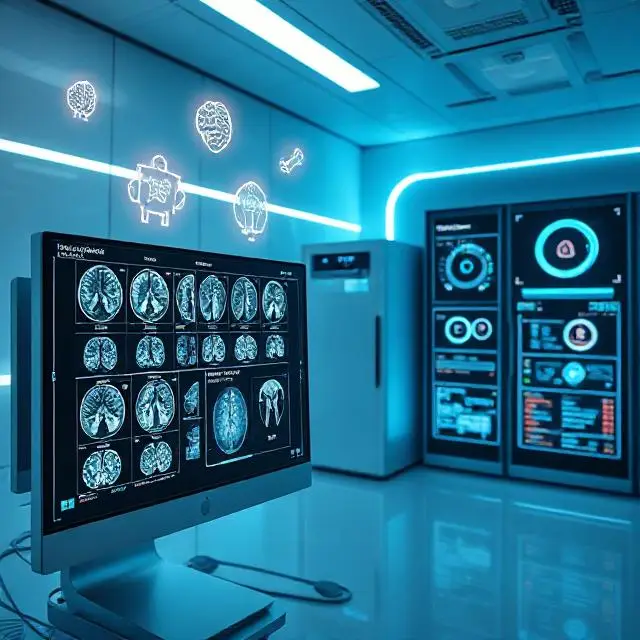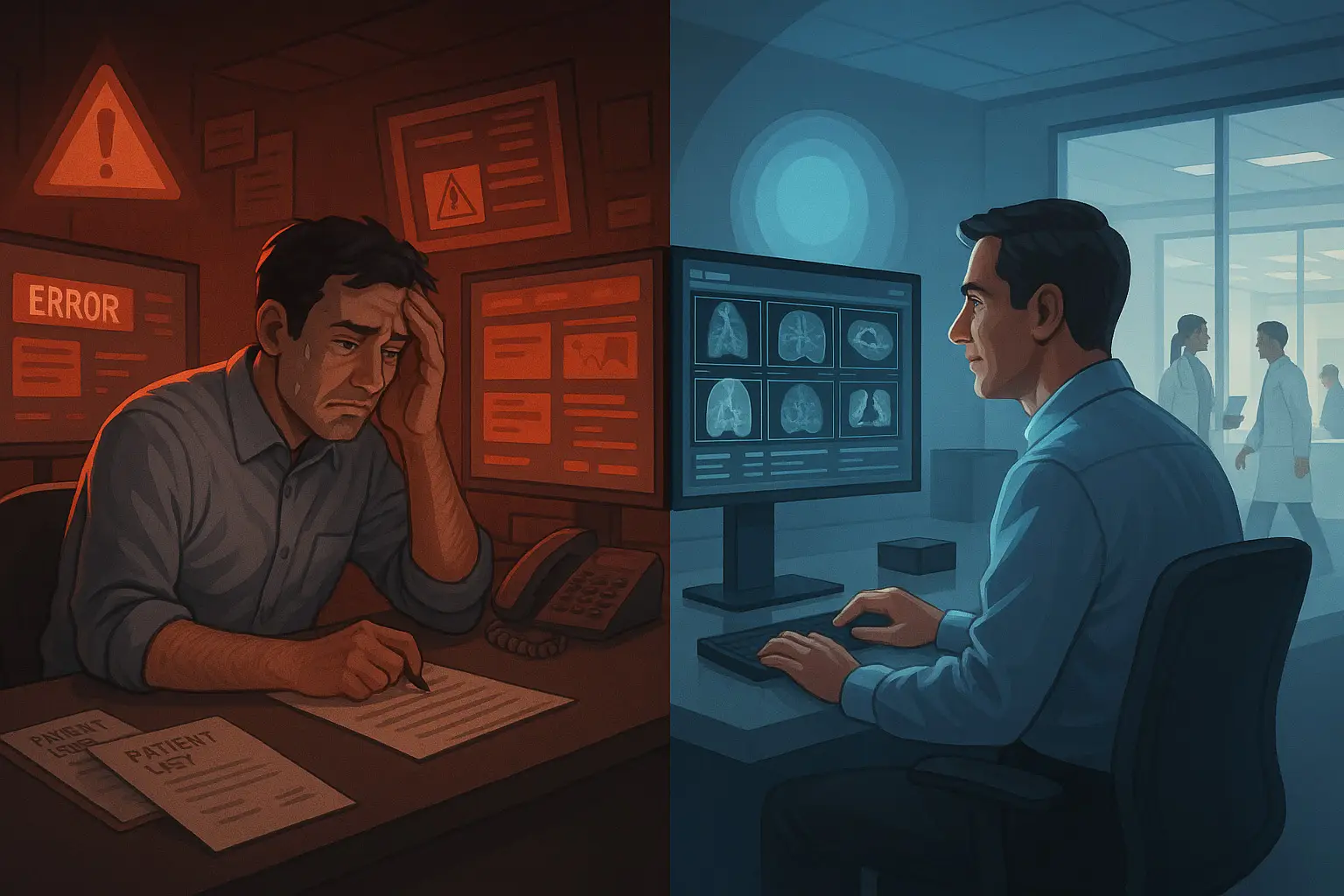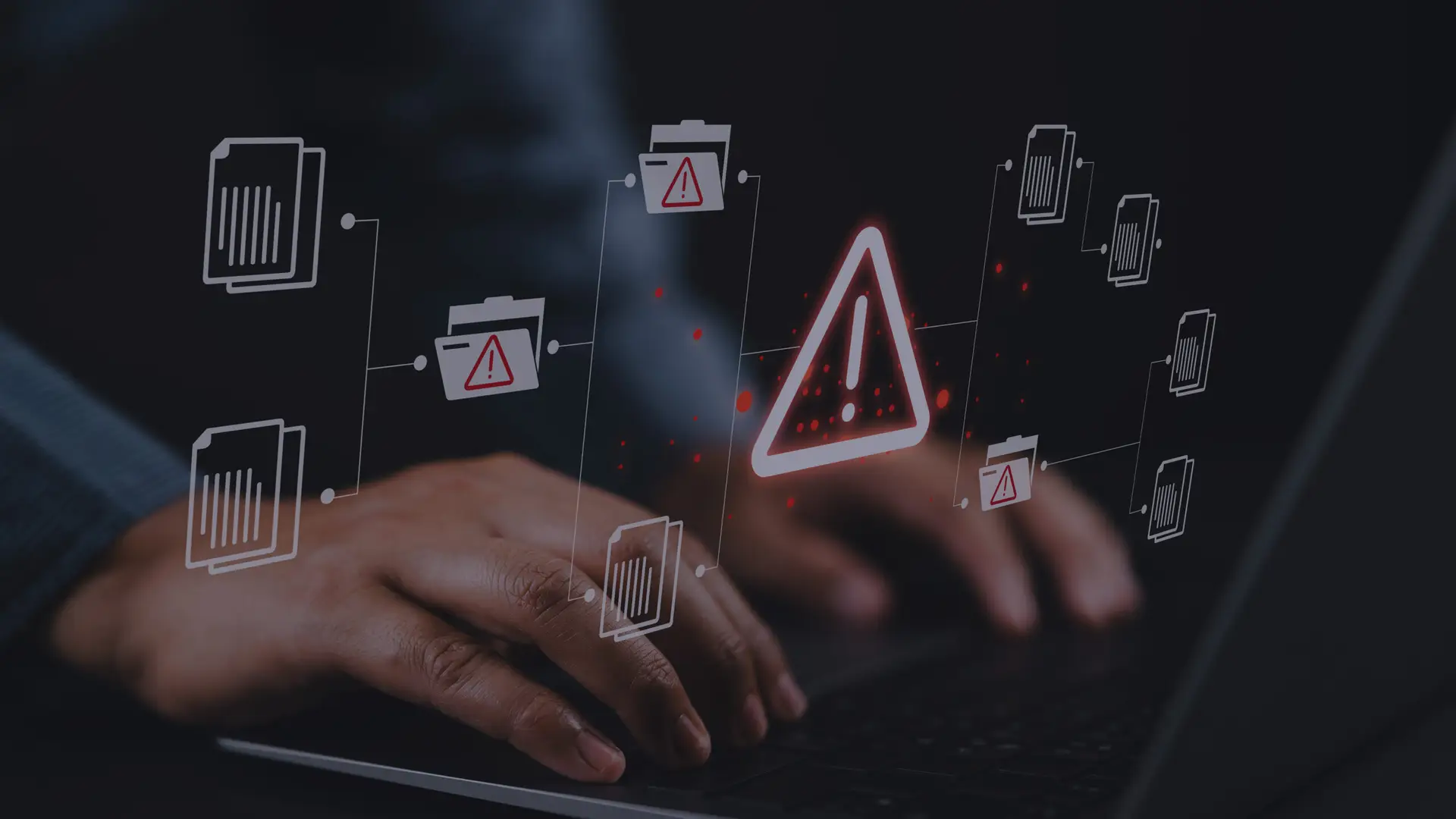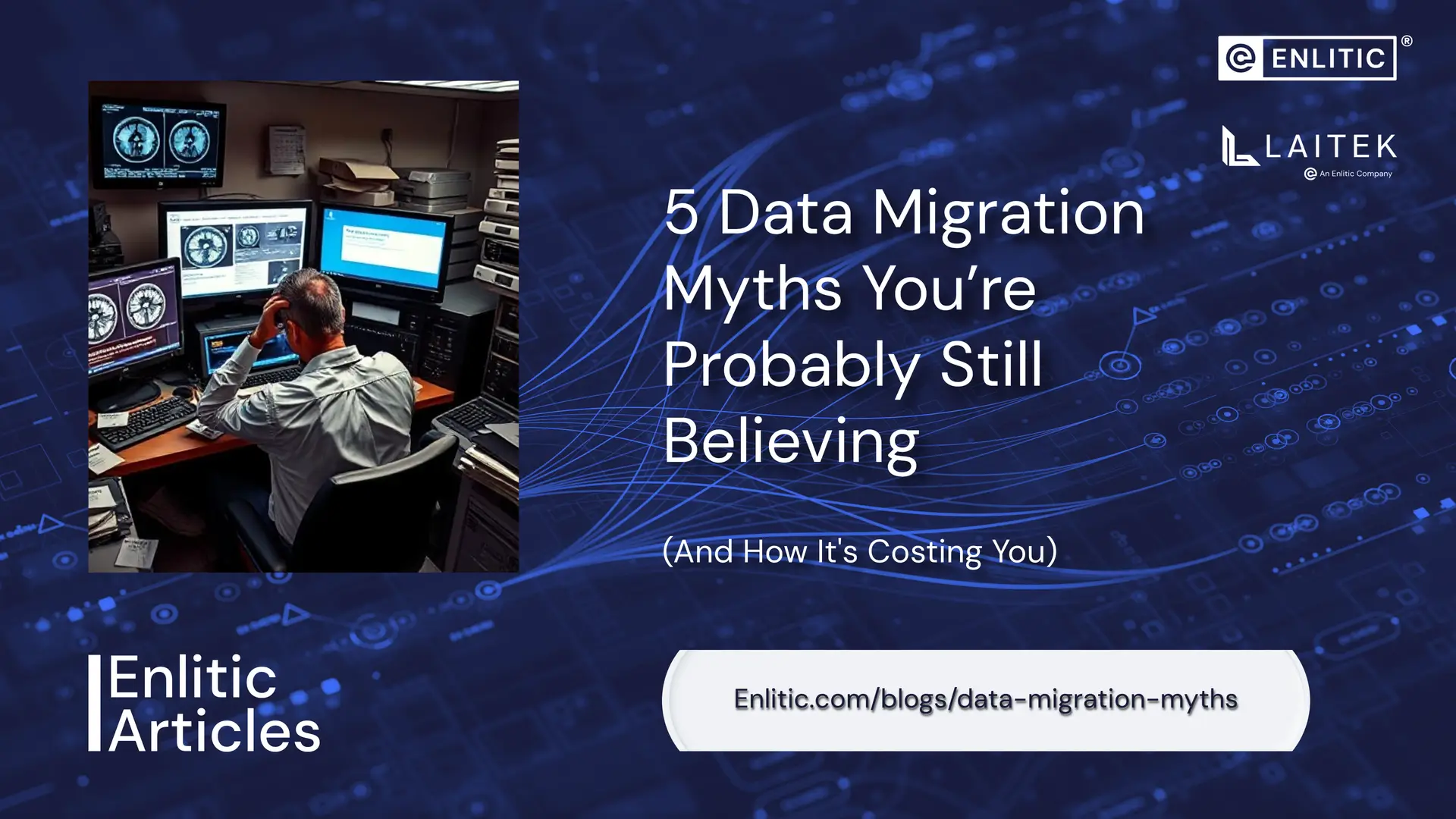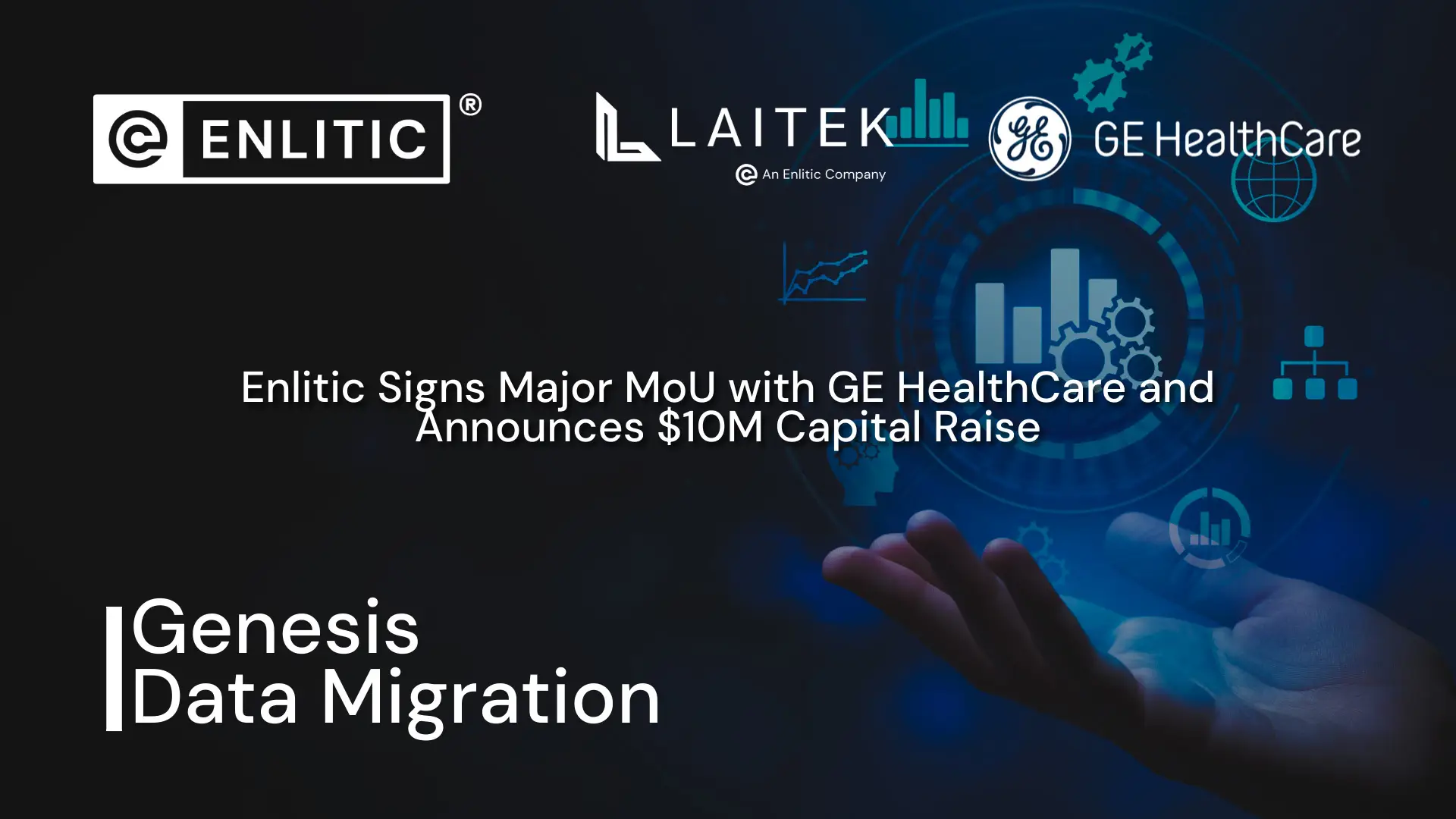Deidentifying and anonymizing healthcare data is the process of removing or obscuring personal identifying information to protect patient privacy while still allowing for the data to be used for research or other purposes. This can include removing names, addresses, and other direct identifiers, obscuring, or removing information that could be used to indirectly identify a patient, such as date of birth or specific medical conditions. This process is important for maintaining the trust of patients and ensuring that their personal information is not misused.
Why is it so important to de-identify and anonymize healthcare data and how are those different?
De-identifying healthcare data involves removing personal identifiers such as names, addresses, and social security numbers from the data but enabling the identification of the patient later, to authorized users with the appropriate key. Anonymizing healthcare data, on the other hand, involves making the data untraceable to a specific individual by removing any information that could be used to re-identify the person.
It is important to de-identify and anonymize healthcare data to protect patient privacy and comply with regulations such as HIPAA. If healthcare data is not properly de-identified or anonymized, it could be used for nefarious purposes or fall into the wrong hands, leading to serious harm for patients. Additionally, if healthcare organizations do not properly de-identify or anonymize data, they may face penalties and fines.
What is involved in deidentifying or anonymizing data?
Anonymizing healthcare data is a more advanced form of de-identification. It involves removing all information that could be used to re-identify an individual, making the data completely untraceable. This includes personal identifiers such as names and addresses, demographic information, medical history, and other sensitive information. By fully anonymizing the data, it is impossible for anyone to re-identify the individual and access their personal information.
What methods are used to remove PHI (Protected Health Information)?
There are various methods that healthcare facilities can use to de-identify and anonymize medical imaging data. Some common methods include:
Masking: This involves covering or blurring specific areas of an image, such as the face or other identifying features, to remove personal identifiers.
Pixilation: This method involves reducing the resolution of an image to a level that makes it difficult or impossible to recognize individual features.
Removal of metadata: This involves removing information such as the patient’s name, date of birth, and other identifying information that may be embedded in the image file itself.
Data scrambling: This method involves rearranging the data within an image in such a way that it cannot be reconstructed to reveal the original image.
Synthetic data generation: This method involves using Artificial Intelligence to generate synthetic images that represent the same information as the original images, but with no identifiable information.
Data encryption: This method involves using encryption algorithms to scramble the data in a way that it can only be accessed with a decryption key.
In addition to these technical methods, healthcare facilities can also adopt best practices and policies around data handling, such as access control, monitoring and audits, data retention, and incident response plan.
It is important for healthcare facilities to regularly review and assess their de-identification and anonymization procedures to ensure that they are following the latest guidelines and regulations, and that they are effectively protecting patient privacy.
What about di-identifying the data while retaining the clinically relevant information?
De-identifying healthcare data while retaining clinically relevant information is a challenging task, but it is an important one as it allows for the safe sharing and use of data for research and other purposes without compromising patient privacy.
One approach to de-identifying data while retaining clinically relevant information is to use data masking and generalization techniques, such as replacing specific dates, such as birthdates, with age ranges or replacing specific addresses with zip codes. This can help to remove personal identifiers while still preserving the context and relevance of the data.
Another approach is to use data de-identification software that uses advanced algorithms to automatically remove personal identifiers while retaining clinically relevant information. These software tools can be configured to retain specific types of data, such as diagnostic codes or lab results, while removing other types of data, such as names and addresses.
It is also important to note that some data may require to be anonymized, as even with the best de-identification techniques it can be still possible to re-identify an individual from the remaining data, this is particularly true with small datasets.
It is also important to have a robust data governance framework in place to ensure that de-identified data is handled and used appropriately, and that there are proper safeguards in place to protect patient privacy.
What if an AI (Artificial Intelligence) tool was created to de-identify and anonymize healthcare data, both pixel data and metadata but retained all clinically relevant information?
An AI tool that can de-identify and anonymize healthcare data, both pixel data and metadata, while retaining all clinically relevant information would be a valuable tool for healthcare organizations. This would allow for the safe sharing and use of data for research and other purposes without compromising patient privacy.
Such a tool would use a combination of techniques such as data masking, pixilation, data scrambling, synthetic data generation, and encryption. The AI algorithms would be trained to identify and remove personal identifiers while retaining clinically relevant information such as diagnostic codes or lab results.
It is important to ensure that the AI tool can meet regulatory and compliance standards, such as HIPAA, and demonstrate the level of data protection it provides.
In conclusion, deidentifying and anonymizing healthcare data is a crucial step in clinical data management and vital in protecting patient privacy and compliance with regulations such as HIPAA. It involves removing or obscuring personal identifying information, such as names, addresses, and other direct identifiers, and obscuring or removing information that could be used to indirectly identify a patient, such as date of birth or specific medical conditions. Different methods can be used, such as masking, pixelation, removal of metadata, data scrambling, synthetic data generation, and data encryption. It is important for healthcare organizations to regularly review and assess their de-identification and anonymization procedures to ensure that they are effectively protecting patient privacy and complying with regulations. By properly deidentifying and anonymizing healthcare data, healthcare organizations can maintain the trust of patients and ensure that their personal information is not misused.

